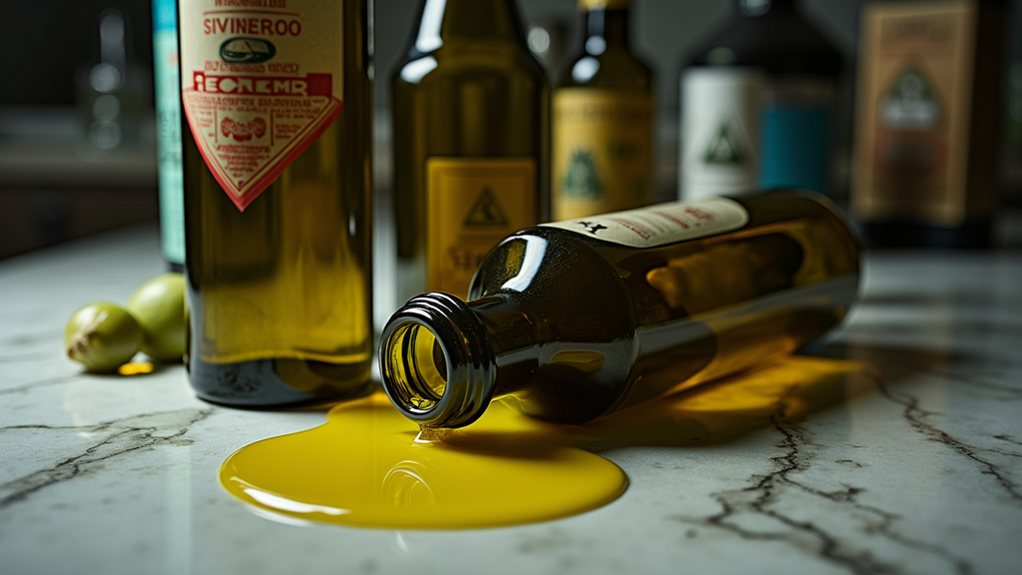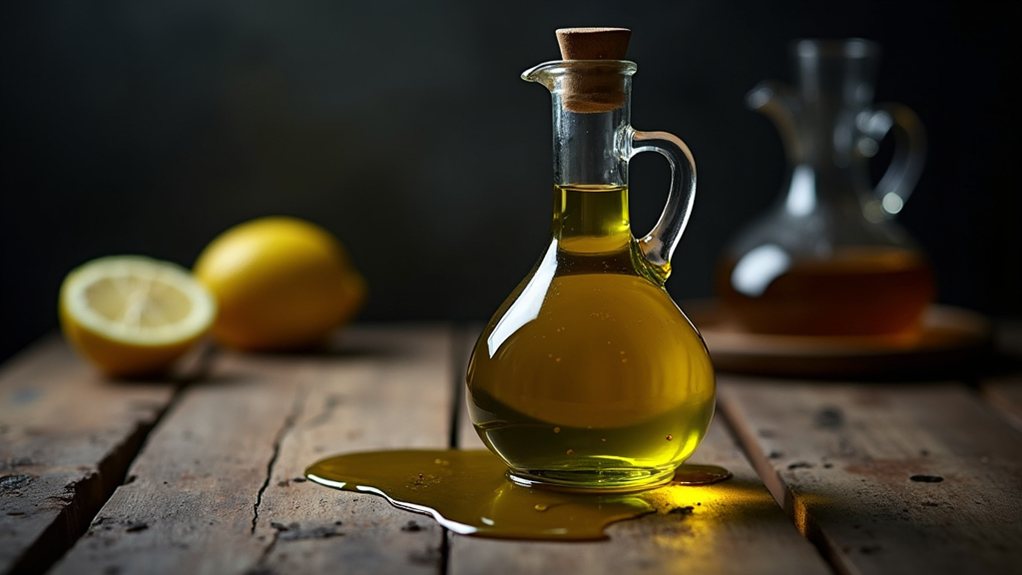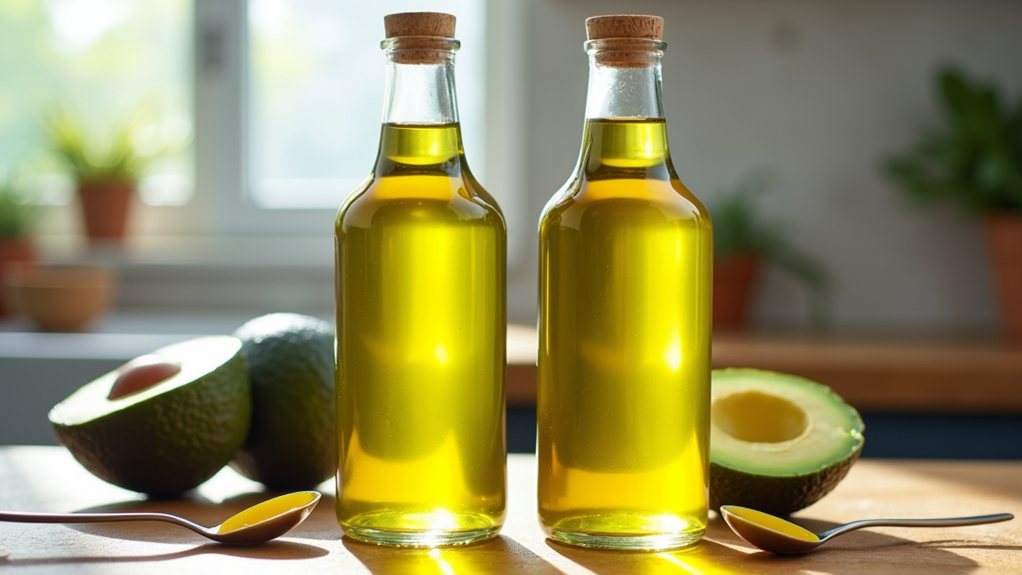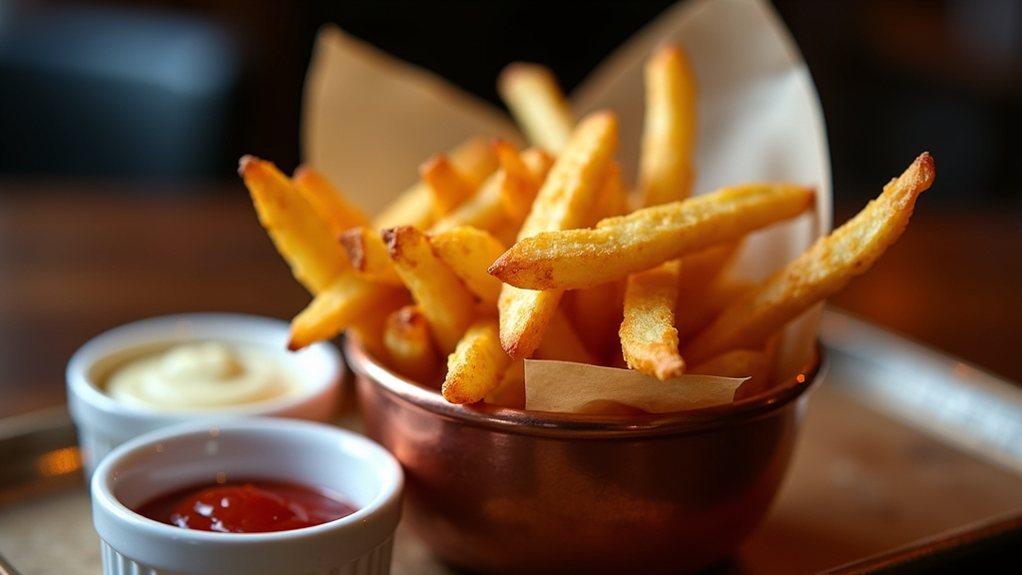Olive oil, America’s beloved kitchen staple, faces mounting scrutiny as recall notices become increasingly common. Recent investigations reveal alarming levels of contaminants in products marketed as “pure” or “extra virgin,” with independent testing finding phthalates, microbial growth, and undisclosed oil mixtures in popular brands. The deception extends beyond simple mislabeling into potentially dangerous territory, raising questions about what really happens between the olive grove and your dinner table.
Health Hazards Lurking in Your Olive Oil

While olive oil has long been celebrated for its health benefits and culinary versatility, recent years have witnessed a concerning trend of toxic contamination and fraudulent practices within the industry. The 1993 FDA recall of Rubino olive oil products revealed a troubling reality: products labeled as 100% olive oil were actually diluted with cheaper canola oil, misleading consumers about what they were purchasing and consuming.
Despite its healthy reputation, olive oil’s industry harbors a dark side of contamination and fraud.
The problems extend beyond simple mislabeling. Studies have found that 100% of tested olive oils contain some level of phthalates, with concentrations ranging from 655 to 6,092 parts per billion. These chemicals, known for disrupting hormones, have been linked to developmental issues, fertility problems, and other serious health concerns, yet regulatory standards for phthalates in food remain limited in the United States. Consumers seeking healthier alternatives might consider using pickled vegetables variety as flavor enhancers that can reduce reliance on potentially contaminated oils.
Deoleo, a major olive oil producer, has issued recalls for multiple reasons, including pesticide residues and premature oxidation affecting the smell and flavor of their products. The presence of harmful contaminants doesn’t stop there, as some olive oils have tested positive for ochratoxin A and aflatoxins, toxic compounds produced by molds that can develop on olives during processing or storage. Recent testing revealed that nine out of thirteen popular brands contained phthalate levels exceeding 1,200 ppb. Many high-quality olive oils should be stored in opaque containers to prevent light exposure that can accelerate degradation and rancidity.
Microbial contamination presents another risk factor, with yeasts like Candida found in some olive oil samples, though outbreaks of illness related to this type of contamination are relatively rare. Particularly alarming is that phthalates are linked to cognitive function impairment, including lower IQ and attention deficit hyperactivity disorder (ADHD). The U.S. lacks stringent regulations for olive oil purity compared to European standards, creating an environment where adulteration and mislabeling can flourish with limited consequences.
Economic pressures drive much of this adulteration, as high demand and premium prices for quality olive oil incentivize cutting corners. The lack of transparency in supply chains makes it difficult to identify the source of contamination or adulteration, leaving consumers vulnerable.
While some manufacturers initiate voluntary recalls to address quality concerns proactively, the general regulatory framework remains insufficient to fully protect consumers from potentially toxic olive oil products that may be sitting on store shelves across America.









